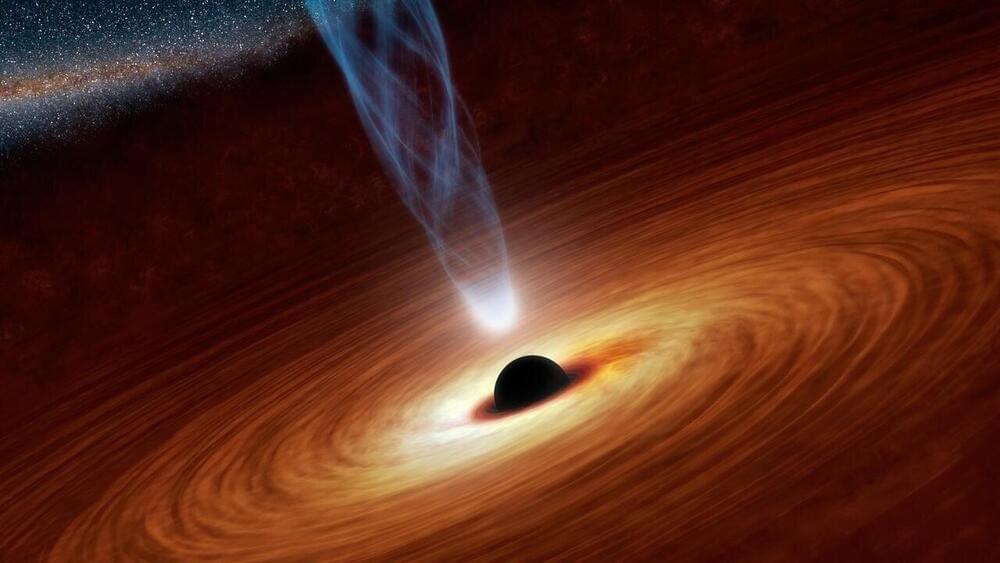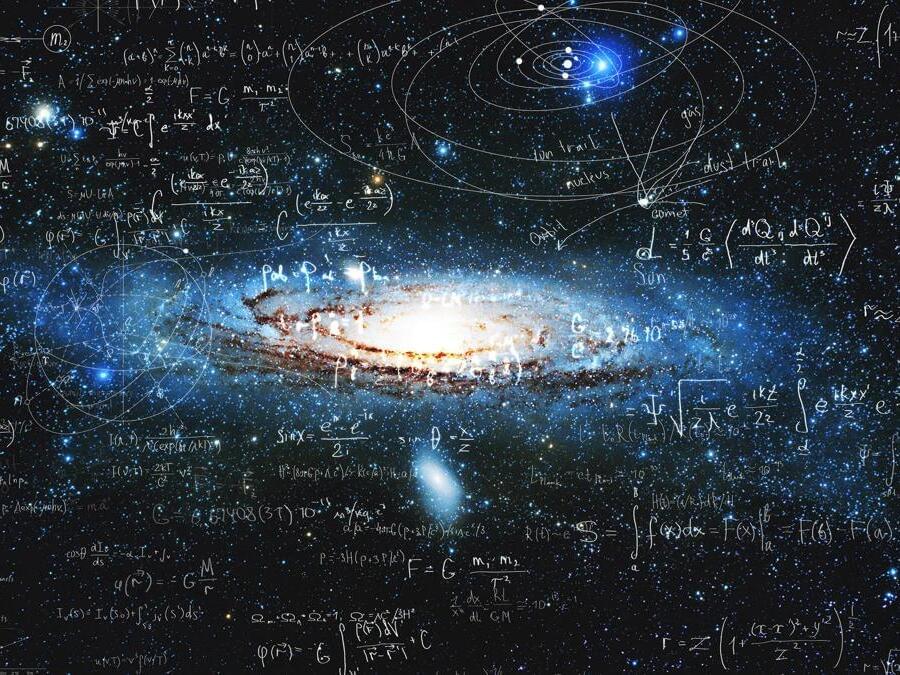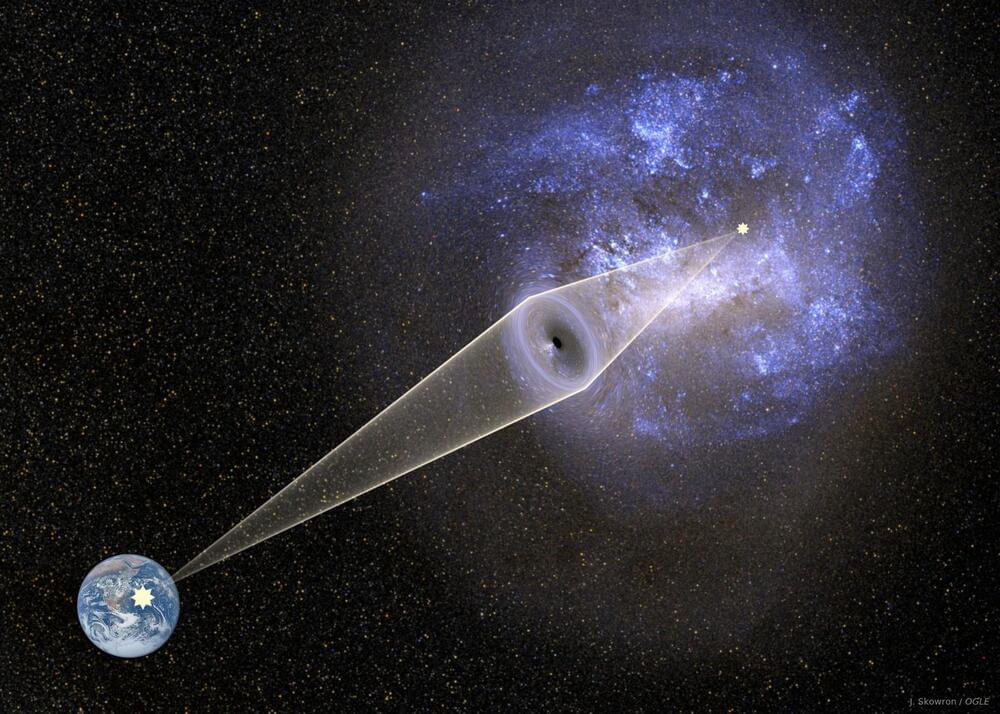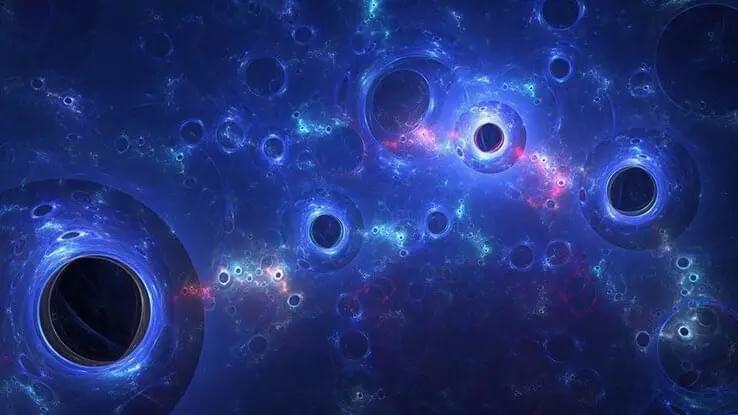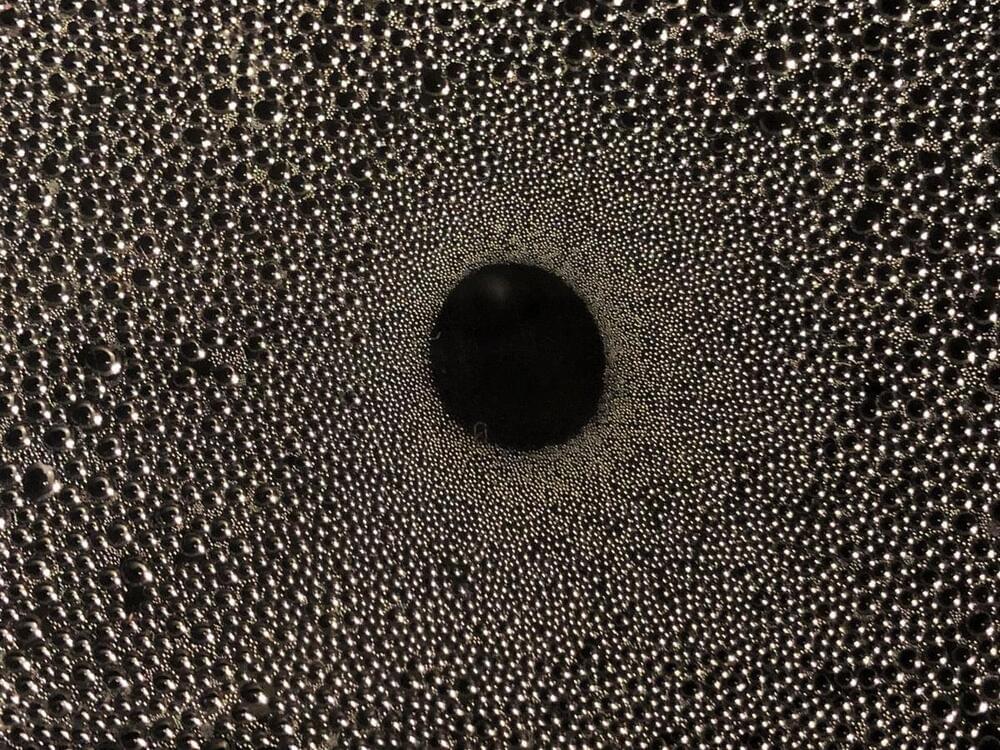For decades, inflation has been the dominant cosmological scenario, but recently the theory has been subject to competition and critique. Two renowned pioneers of inflation — Alan Guth and Andrei Linde — join Brian Greene to make their strongest case for the inflationary theory.
This program is part of the Big Ideas series, supported by the John Templeton Foundation.
Participants:
Alan Guth.
Andrei Linde.
Moderator:
Brian Greene.
00:00 — Introduction.
05:58 — Participant introductions.
08:23 — Problems with the Big Bang.
28:07 — Realizing the Inflationary Paradigm.
42:13 — Observational Support for the Inflationary Theory.
56:37 — Eternal Inflation and the Measure Problem.
01:17:09-The Future of Cosmology.

